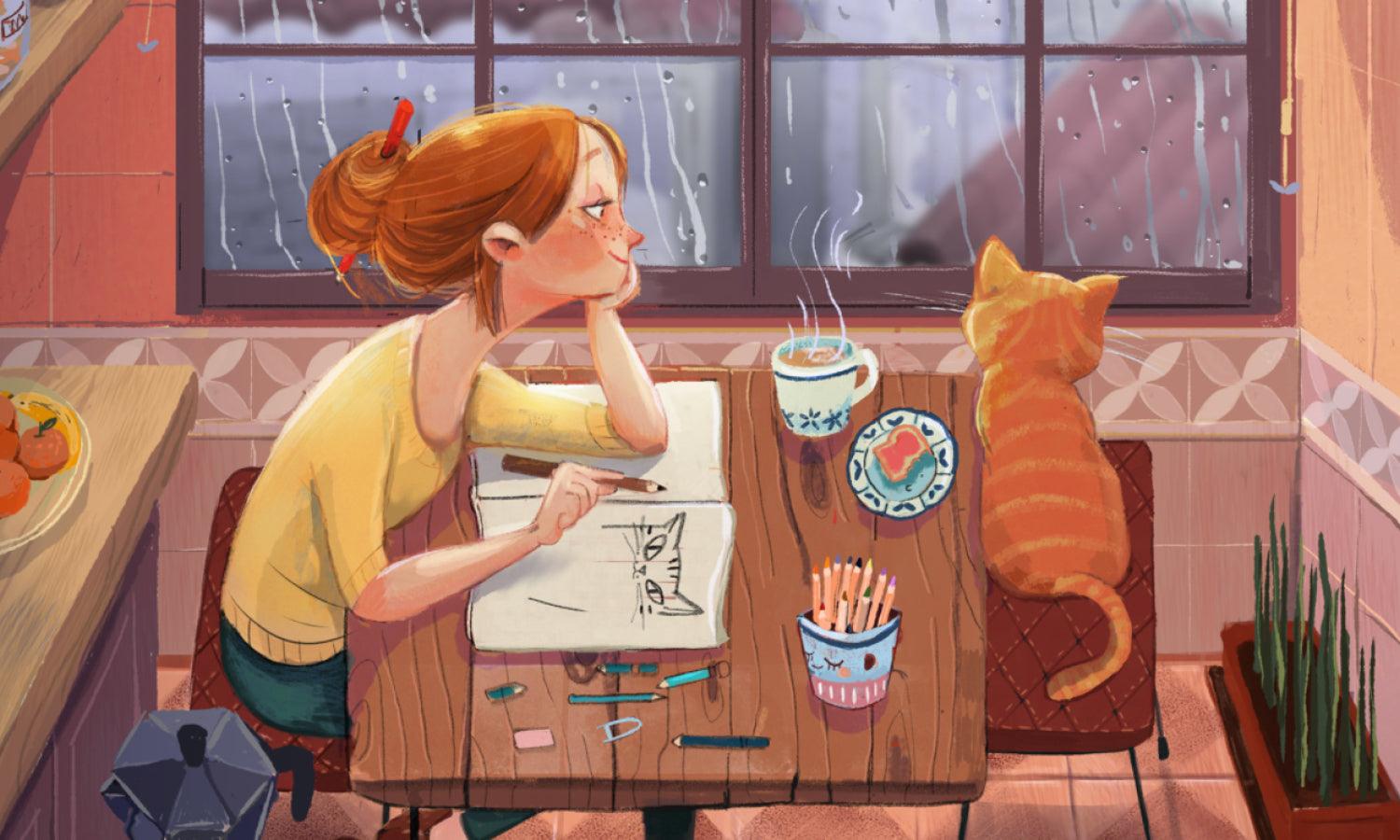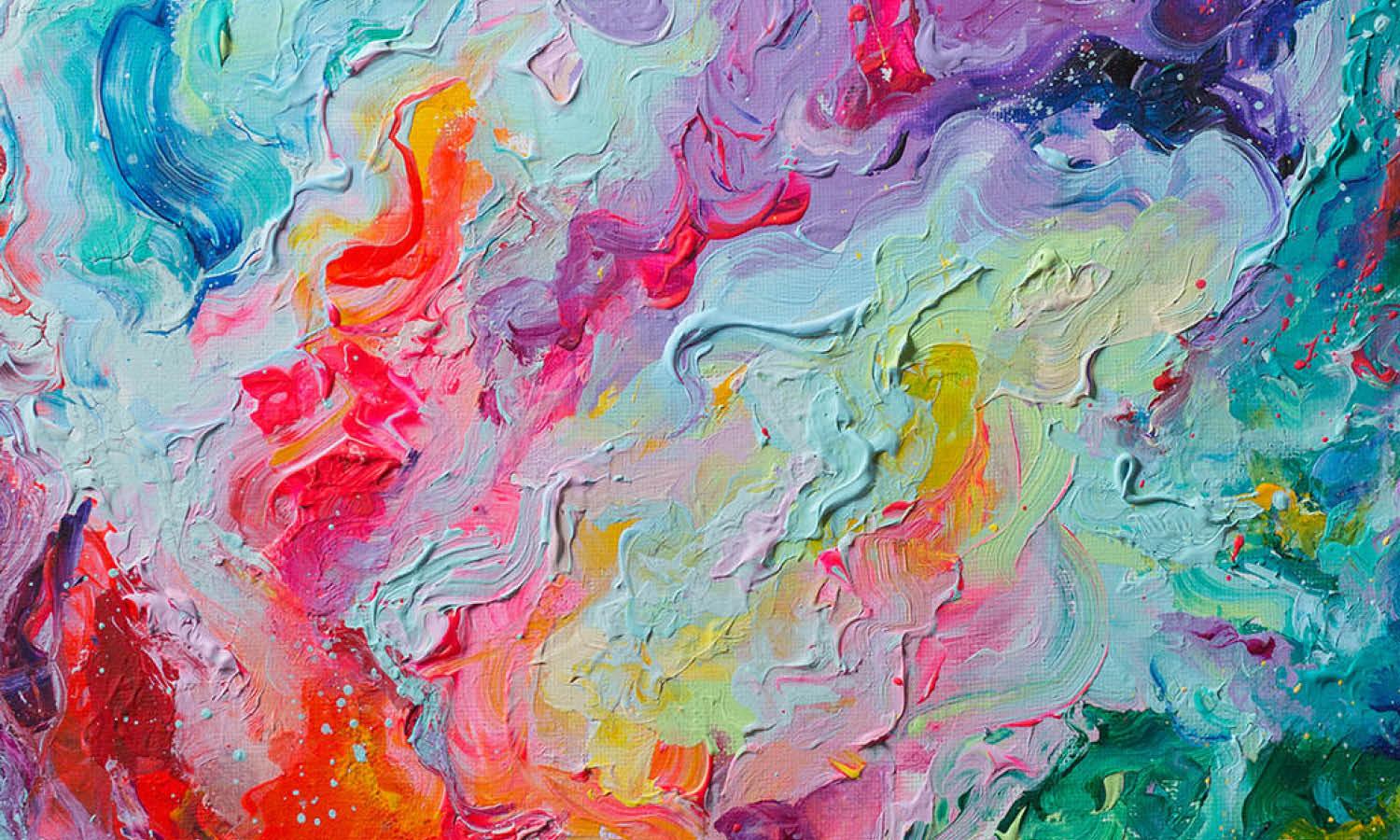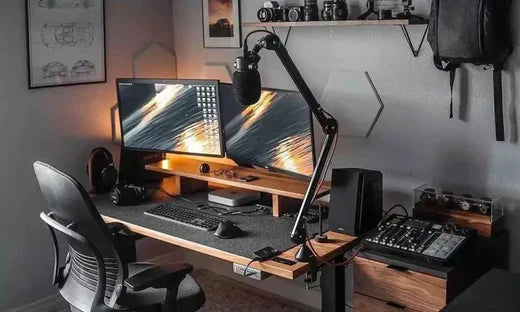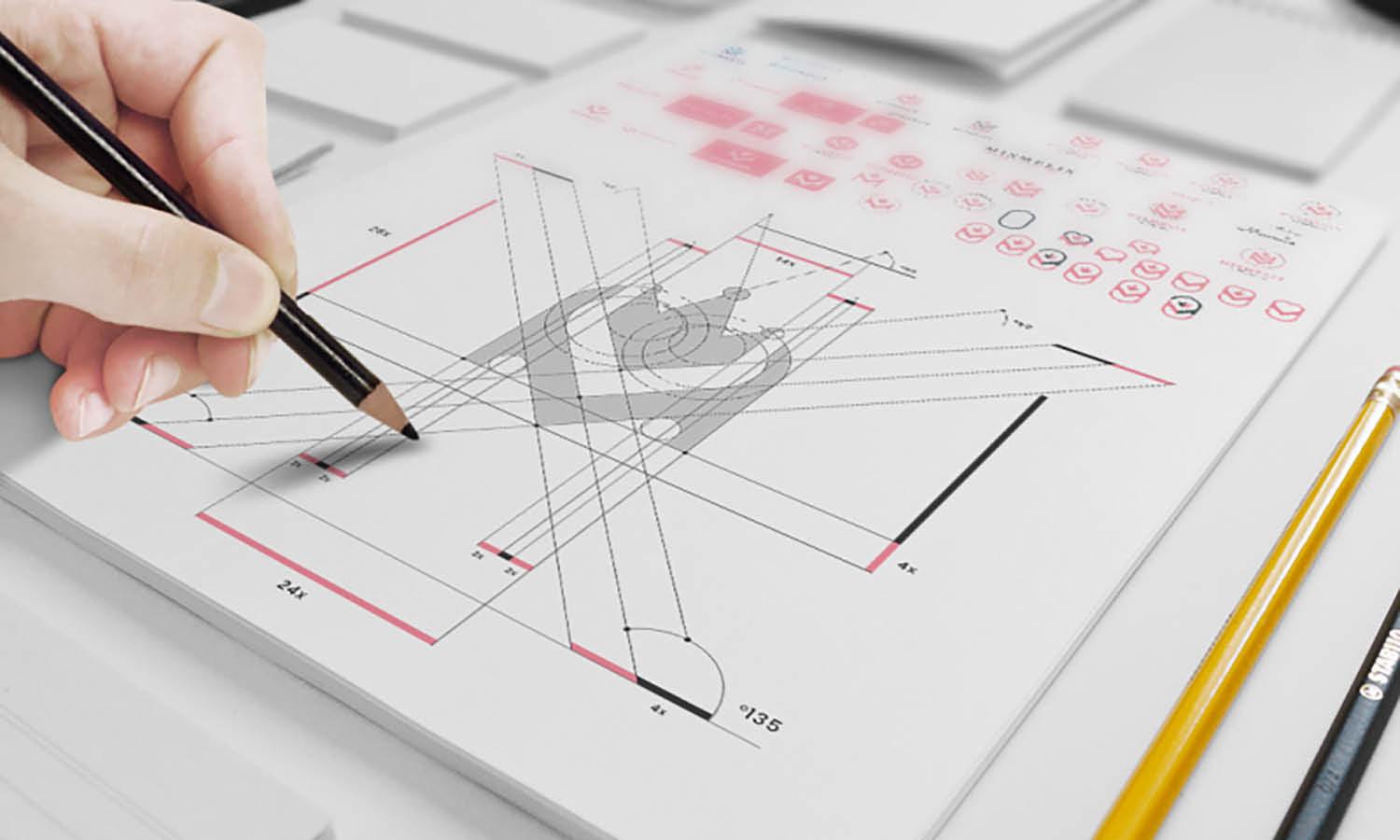Art Institute of Chicago, Chicago | Art Museum Guide

Source: Ajay_suresh, Art Institute of Chicago, Wikipedia, https://en.wikipedia.org/wiki/File:Art_Institute_of_Chicago_(51575570710).jpg
The Art Institute of Chicago stands as one of the most prestigious and influential art museums in the United States. Situated in the heart of downtown, this institution is a centerpiece of Grant Park and a vital part of Chicago’s rich cultural landscape. With a history dating back to 1879, the museum has become an essential stop for art lovers, historians, educators, and tourists alike.
This art museum guide, Chicago-based and globally relevant, leads visitors through an expansive collection that spans centuries and continents. From ancient artifacts to contemporary installations, the Art Institute houses more than 300,000 works of art. Its reputation for excellence is bolstered by famous holdings like A Sunday on La Grande Jatte by Georges Seurat and Nighthawks by Edward Hopper.
Whether you are admiring European Impressionists, exploring Asian sculptures, or experiencing modern design in the Renzo Piano-designed Modern Wing, the museum offers a comprehensive journey through artistic expression. Beyond the galleries, the institute offers enriching educational programs, research opportunities, and stunning architectural features. For anyone seeking an informative and memorable experience, this guide highlights why the Art Institute of Chicago is a cornerstone of the city's vibrant art scene.
World-Renowned Collection of Impressionist Art
One of the most celebrated features of the Art Institute of Chicago is its exceptional collection of Impressionist and Post-Impressionist paintings. This cornerstone of the museum draws admirers from around the world and plays a pivotal role in shaping any reliable art museum guide, Chicago-focused or international.
The collection includes iconic works by Claude Monet, such as several paintings from his Haystacks and Water Lilies series. Monet’s brushwork and natural light studies exemplify the French Impressionist movement and are among the museum's most photographed artworks. Other major figures represented include Pierre-Auguste Renoir, Edgar Degas, Camille Pissarro, and Gustave Caillebotte, each offering a different perspective on 19th-century French life and landscape.
Post-Impressionist masterpieces add further depth to this gallery. Paul Cézanne, Paul Gauguin, Vincent van Gogh, and Georges Seurat are presented with carefully curated works that demonstrate the evolution of modern art. Seurat’s A Sunday on La Grande Jatte, a pointillist marvel, is a centerpiece of this collection and occupies a commanding space within the museum.
These galleries are not only visually stunning but also deeply educational. Thoughtful wall texts, audio guides, and docent-led tours provide essential context for understanding the artists’ techniques, philosophies, and cultural backgrounds. Whether you are an experienced art historian or a casual visitor, this collection offers a captivating encounter with some of the most influential works ever created. It stands as one of the finest examples of Impressionist curation in North America.
Home to Grant Wood’s “American Gothic”
The Art Institute of Chicago is the proud home of American Gothic, one of the most iconic paintings in American art history. Created by Grant Wood in 1930, this instantly recognizable work has become a visual symbol of American resilience, rural identity, and cultural heritage. For anyone following an art museum guide, Chicago’s link to this painting is an unmissable highlight.
American Gothic portrays a stern-looking farmer holding a pitchfork beside a woman often assumed to be his wife or daughter. Set against the backdrop of a Carpenter Gothic-style house, the painting captures the tension between tradition and change during the Great Depression era. The expressions, clothing, and architecture convey a nuanced message about Midwestern values and national character.
Visitors to the museum often seek out this painting for both its aesthetic quality and its cultural significance. It is displayed prominently in the American Art galleries, surrounded by other notable pieces from the early 20th century that contextualize its meaning. Interpretive materials alongside the work explain Grant Wood’s intention, technique, and the public’s varied reactions to the painting over time.
The painting’s legacy extends beyond the walls of the museum. It has been parodied, referenced in popular media, and studied in academic circles, reflecting its deep imprint on American consciousness. As part of the Art Institute’s extensive holdings, American Gothic exemplifies the museum’s role in preserving national treasures. It continues to inspire thought, reflection, and appreciation from every visitor who views it in person.
The Modern Wing Designed by Renzo Piano
Opened in 2009, the Modern Wing of the Art Institute of Chicago is a masterstroke of contemporary architecture and museum design. Created by renowned Italian architect Renzo Piano, this addition elevated the museum’s profile while expanding its capacity to display 20th- and 21st-century art. Its sleek structure and natural light-enhancing features make it a defining stop in any art museum guide, Chicago-based or global.
The Modern Wing is a 264,000-square-foot building that integrates seamlessly into Millennium Park. A standout feature is the Flying Carpet, a sunshade system that filters natural daylight into the gallery spaces, offering optimal lighting conditions for the artworks without damaging them. Visitors enter through Griffin Court, a soaring glass atrium that sets the tone for a bright, open, and contemporary museum experience.
Inside, the galleries showcase works by Pablo Picasso, Henri Matisse, Gerhard Richter, and contemporary artists such as Kerry James Marshall and Ai Weiwei. The wing also houses photography, design objects, and new media installations. These curated spaces allow viewers to engage with the evolving narratives of modern and contemporary art.
An enclosed pedestrian bridge known as the Nichols Bridgeway connects the Modern Wing to Millennium Park, offering a picturesque transition between the museum and the city’s vibrant green space. Whether you are an architecture enthusiast, a lover of modern art, or a first-time visitor, the Modern Wing is an essential destination. It exemplifies how design and art can merge to elevate the cultural experience.
Extensive Ancient Artifacts Collection
The Art Institute of Chicago offers a deeply enriching experience through its comprehensive collection of ancient artifacts. Spanning several millennia and regions, these objects reflect the breadth of human creativity and cultural evolution. This collection stands as an essential highlight in any art museum guide, Chicago-focused and worldwide in reach.
The galleries of ancient art transport visitors to civilizations such as Egypt, Mesopotamia, Greece, and Rome. Among the most striking objects are Egyptian sarcophagi, mummies, and funerary art, each offering insights into beliefs surrounding the afterlife. The Greek and Roman galleries include marble sculptures, pottery, coins, and architectural fragments that showcase the aesthetics and innovations of classical antiquity.
Equally impressive are items from the Ancient Near East, including cuneiform tablets and ceremonial reliefs. These artifacts provide valuable glimpses into early forms of governance, writing, and spirituality. The museum’s curatorial approach emphasizes both the artistic and functional aspects of each item, inviting visitors to consider the everyday and the sacred in ancient life.
Interpretive texts and interactive displays enhance understanding for both seasoned historians and curious learners. The layout is designed to foster contemplation, with clear timelines and thematic groupings. Through careful preservation and thoughtful exhibition, the Art Institute’s ancient art collection connects present-day audiences with humanity’s earliest artistic achievements. It enriches the museum’s offerings with a global perspective and continues to captivate anyone with an interest in history, archaeology, or classical art traditions.
Exceptional African and Indigenous American Art
The Art Institute of Chicago presents a compelling and diverse collection of African and Indigenous American art, offering a broad cultural perspective within its expansive galleries. As an integral feature of any thoughtful art museum guide, Chicago’s dedication to these collections reflects a growing commitment to representing global artistic traditions.
The African art collection showcases the aesthetic and symbolic depth of works from across the continent, including pieces from West, Central, and Southern Africa. Notable items include ritual masks, ceremonial sculptures, and textiles crafted by cultures such as the Yoruba, Bamana, and Fang. These works often carry deep spiritual significance and convey complex social structures, religious practices, and storytelling traditions.
In parallel, the Indigenous American art galleries highlight the visual languages and material cultures of Native peoples across North and South America. From intricately beaded garments and woven baskets to pottery and ceremonial items, each piece demonstrates masterful craftsmanship and a profound connection to community, land, and heritage. Represented nations include the Navajo, Pueblo, Haida, and many more.
Both collections are displayed with cultural sensitivity and scholarly context, using updated labels and curated themes that emphasize indigenous voices and historical accuracy. Educational resources such as digital guides and special programming further enrich the visitor experience.
These galleries encourage deeper understanding of traditions that have long been marginalized in mainstream art spaces. For anyone looking to explore the breadth of artistic expression beyond the Western canon, the Art Institute’s African and Indigenous American collections are essential viewing.
Rich Asian Art Exhibitions
The Art Institute of Chicago’s Asian art collection is among the most comprehensive in the United States, offering an expansive journey through artistic traditions from across the continent. As part of a well-rounded art museum guide, Chicago’s emphasis on Asian cultures enriches the museum’s global perspective.
The collection spans over 5,000 years and includes remarkable works from China, Japan, Korea, India, Southeast Asia, and the Himalayas. Chinese bronzes, jade carvings, calligraphy, and ceramics showcase the refinement and continuity of dynastic craftsmanship. Japanese screens, woodblock prints, and samurai armor offer insights into both aesthetic ideals and historical narratives. Particularly admired is the museum’s strong collection of ukiyo-e prints by masters like Hokusai and Hiroshige.
South and Southeast Asian galleries feature religious sculpture in stone and bronze, depicting Hindu and Buddhist deities with exquisite detail. These works come from present-day India, Nepal, Thailand, and Cambodia, and are contextualized with information about spiritual iconography and ritual practice.
The layout of the galleries encourages thematic exploration—grouping art by cultural origin, period, or subject matter. Temporary exhibitions often spotlight specific traditions or contemporary artists from the region, providing dynamic and timely perspectives.
Educational tools, such as multilingual panels and guided tours, support a deeper appreciation for the philosophies, symbolism, and artistry that define Asia’s vast and diverse cultures. Whether drawn by Zen minimalism or Mughal intricacy, visitors to these exhibitions will find a meaningful and memorable cultural experience in the heart of Chicago.
Decorative Arts and Design Collection
The Decorative Arts and Design Collection at the Art Institute of Chicago highlights the elegance and function of everyday objects, blending utility with visual artistry. As part of a comprehensive art museum guide, Chicago’s contribution to the field of decorative arts is both significant and inspiring.
Spanning centuries and continents, the collection includes furniture, ceramics, glassware, metalwork, textiles, and industrial design objects. From European Renaissance cabinets to Art Nouveau vases and contemporary American studio furniture, each piece demonstrates craftsmanship and innovation in design. A standout component of the collection is the museum’s holdings of English and American silver, reflecting the social customs and craftsmanship of past eras.
Particularly notable is the Frank Lloyd Wright gallery, which includes original furniture and decorative elements designed for the architect’s Prairie-style houses. These works capture the harmony between form and function that Wright championed in his architectural philosophy.
Design pieces from the 20th and 21st centuries also feature prominently. Visitors will find mid-century modern classics by Charles and Ray Eames, Bauhaus works, and even modern technological designs. This evolving collection emphasizes not only aesthetics but also the influence of materials, production methods, and societal trends.
Well-curated and often accompanied by interpretive labels, this section offers insight into how design has shaped—and continues to shape—daily life. Whether you are an enthusiast of historical interiors or a fan of contemporary innovation, the Decorative Arts and Design Collection offers a rich and enlightening experience.
Renowned Thorne Miniature Rooms
The Thorne Miniature Rooms at the Art Institute of Chicago are among the museum’s most beloved and unique attractions. These meticulously crafted dioramas depict historically accurate interiors on a 1:12 scale, offering an enchanting and educational experience. A must-visit feature in any detailed art museum guide, Chicago’s Thorne Rooms are both whimsical and scholarly.
Created under the direction of Narcissa Niblack Thorne, a philanthropist and collector with a passion for interior design, the rooms reflect a variety of time periods and geographical locations. The collection includes over 60 dioramas, ranging from 13th-century English interiors to 1930s American rooms. Each miniature space replicates architectural styles, furnishings, textiles, and decorative objects with astonishing precision.
The craftsmanship is astounding: tiny chandeliers sparkle with real crystals, miniature books line shelves, and custom-woven rugs sit beneath carved wooden furniture. Many materials used are authentic, including silver, mahogany, and hand-stitched fabrics. The attention to historical detail makes each room a time capsule of cultural and domestic history.
Educational plaques accompany the rooms, offering context about the era, region, and design choices. Visitors of all ages are drawn to these magical displays, which manage to blend art, architecture, and storytelling in a compact and accessible form.
Whether you’re an interior design aficionado or simply intrigued by the charm of miniatures, the Thorne Rooms are a highlight of the Art Institute experience. They provide a distinctive perspective on decorative history, making them an unforgettable part of your visit.
Impressive Photography Archives
The Art Institute of Chicago holds one of the most distinguished photography collections in the country, making it a vital feature in any detailed art museum guide, Chicago-focused or beyond. The collection spans the entire history of the medium, from its invention in the 19th century to the innovations of contemporary digital artists.
Established in 1949, the museum’s photography department was one of the first of its kind in an American art museum. It houses over 20,000 works, including early daguerreotypes, gelatin silver prints, photojournalism, experimental processes, and modern photographic art. Artists such as Alfred Stieglitz, Edward Weston, Diane Arbus, Gordon Parks, and Cindy Sherman are well represented, alongside lesser-known yet significant photographers from diverse cultural backgrounds.
The collection is arranged thematically and historically, allowing visitors to trace the evolution of photographic style, technique, and social commentary. Highlights include 20th-century documentary photography, avant-garde movements, and works exploring identity, politics, and the human condition.
Rotating exhibitions keep the photography galleries fresh and relevant, often focusing on specific themes, artists, or cultural movements. Educational programming—including lectures, film screenings, and workshops—enhances the public’s understanding of photography as both an artistic and cultural tool.
The Art Institute’s commitment to preserving and exhibiting photographic works positions the museum as a major resource for scholars, students, and photography enthusiasts. Whether you are interested in visual storytelling or technical mastery, the photography archives offer a compelling and visually rich experience in the heart of Chicago.
Civic Landmark in Grant Park
The Art Institute of Chicago is not only a major cultural institution but also a prominent civic landmark in Grant Park, one of the city's most iconic public spaces. This strategic location adds architectural, historical, and communal value to any respected art museum guide, Chicago edition included.
Located along Michigan Avenue, the museum’s Beaux-Arts facade and bronze lion statues have become emblematic features of Chicago’s urban landscape. Originally built for the 1893 World’s Columbian Exposition, the structure has been expanded over time but retains its historical charm and commanding presence. Visitors entering from the Michigan Avenue steps are immediately greeted by a grand staircase and vaulted ceilings that speak to the building’s classical inspiration.
Grant Park, often referred to as "Chicago's front yard," surrounds the museum with green spaces, gardens, fountains, and sculptures. This setting provides a serene and welcoming environment for museum-goers and passersby alike. The museum’s close proximity to Millennium Park and the city’s downtown core makes it easily accessible and integral to Chicago’s cultural corridor.
The Art Institute regularly participates in city-wide events, public art projects, and civic celebrations, reinforcing its role in the community. Its connection to the city’s history and its role in public life underscore the museum’s importance not only as a place of art but as a cornerstone of civic identity. Whether you're a local resident or a first-time visitor, the museum's presence in Grant Park enhances the experience of Chicago’s vibrant cultural landscape.
Conclusion
The Art Institute of Chicago offers a remarkable journey through centuries of artistic achievement, cultural heritage, and architectural excellence. From world-famous masterpieces and global collections to innovative exhibitions and educational programs, the museum stands as a vital destination for art enthusiasts and casual visitors alike. Its central location in Grant Park enhances its accessibility and civic presence, while its diverse offerings ensure a meaningful experience for all ages. Whether exploring Impressionist paintings, ancient artifacts, or contemporary installations, this art museum guide, Chicago-based and culturally rich, highlights why the Art Institute remains a cornerstone of the city’s vibrant art scene.
Let Us Know What You Think!
Every information you read here are written and curated by Kreafolk's team, carefully pieced together with our creative community in mind. Did you enjoy our contents? Leave a comment below and share your thoughts. Cheers to more creative articles and inspirations!
















Leave a Comment